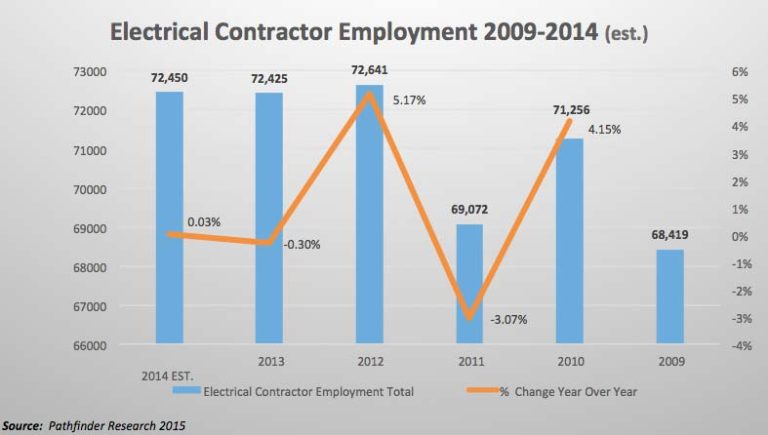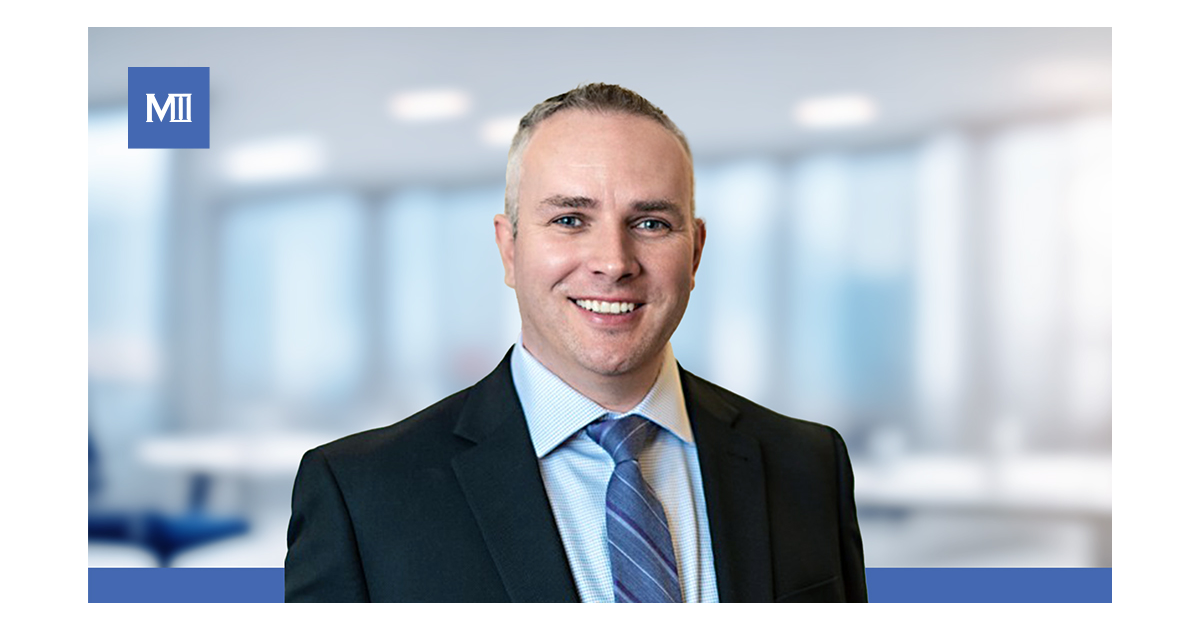Succession Management and Planning: Moving Forward

June 17, 2022
By Michelle Branigan, CEO Electricity Human Resources Canada
Canada’s labour market is feeling the effects of ‘a tight labour market, illustrated in the demographic profile of the baby-boomer market and accelerated by the effects of the COVID-19 pandemic. In Canada, more than one in five working age adults are nearing retirement. In the electricity sector, the retirement rate is one and a half times the national average. The need for knowledge transfer and succession planning is greater than ever as employers’ risk institutional knowledge walking out the door.
Last fall I talked about succession planning and the business case supporting its development in an organization. Within every business there lies the need to identify and develop talent to ensure critical positions are not left vacant due to staff turnover or retirement. And although employers will cite reasons that include lack of time, buy-in, or a reluctance to have difficult conversations around this topic, the need persists. This month, I would like to continue the discussion on succession planning and how to help organizations move this forward. The critical first step in the process is pulling together the information needed for effective succession planning.
Succession Planners Need Information
Line managers and HR practitioners need direct access to business information so that they can focus on the planning rather than having to generate that foundational information themselves (and waste time searching for it). This will ensure their focus remains on the planning. The information needed can be broken down into three different ‘buckets’:
Business Strategy & Planning Information
- Documented long-range business strategy and plans
- Annual business goals and targets
- Anticipated business changes in technology, production numbers and capacity that could affect job titles and numbers (growth or reduction)
- Anticipated organizational changes
- Organizational performance and risk areas
- Known changes in governance and legislation
Corporate process and infrastructure information includes:
- Labour force demographics, including retirement, resignation and termination rates
- Corporate policy and mandate on succession planning
- Corporate resource planning tools and requirements
- Corporate demographic data and trends
- Corporate training and development programs and infrastructure
- Forecasted vacancies
- Competency profiles and role requirements
Candidate information includes:
- Training and qualification records
- Performance history
- Career interests and aspirations
- Competency and development targets
Best Practices
Creating or improving a succession plan requires you map out your current practices against some established best practices before determining the next steps. Here is a quick overview of what the best succession planning practices include:
Process Ownership – Involve Hiring Managers
Human Resources may be the “owner” of the succession planning process, but hiring managers play a role in driving its success. Hiring managers can foresee organizations structures and future needs as well as defining role requirement which contribute to effective succession planning.
Value Assessment
Measuring how long it takes to fill critical positions when they become vacant is only one piece of assessing the value of succession planning. By taking a holistic view and monetizing every step and outcome of the process using any number of available metrics, your metrics will show that your processes and practices satisfy the needs of a range of stakeholders in the organization.
Corporate infrastructure and decision-making
Ensure the speed and ease of accessing shared business planning information, performance targets, and performance-related metrics and information. As many of these systems become automated, the ability to generate, access and analyze employee data and business information contributes to high-quality succession planning and other business decisions with less effort.
Process excellence and follow-through
The effectiveness of succession planning depends not only on the process itself, but also on how well users follow it. The human resources department, as process owner, should ensure all users:
- Understand the overall process and its steps
- Understand their respective roles in the process
- Can execute their parts of the process
- Follow the process diligently
Fail to Plan, Plan to Fail
With an aging workforce and industry in transition, organizations will face retirements and potential sudden departures of key staff in critical positions, which put both your operations and reputation at risk—and costing time and money. Succession planning is a critical component of any organization’s business strategy, so take the time to understand the critical occupations in your organization, understand the critical competencies in each role, and be prepared to ensure business continuity when staff move on, either planned or unexpectedly. Need Help to Get Started?
EHRC’s (Electricity Human Resources Canada) resource, the Succession Planning Guidebook, is a practical reference tool that includes best practices to manage succession planning in your organization, whether you are at the beginning or wanting to make improvements to your existing plan. It is available for free online at https://electricityhr.ca/resources/succession-planning-guidebook/

















